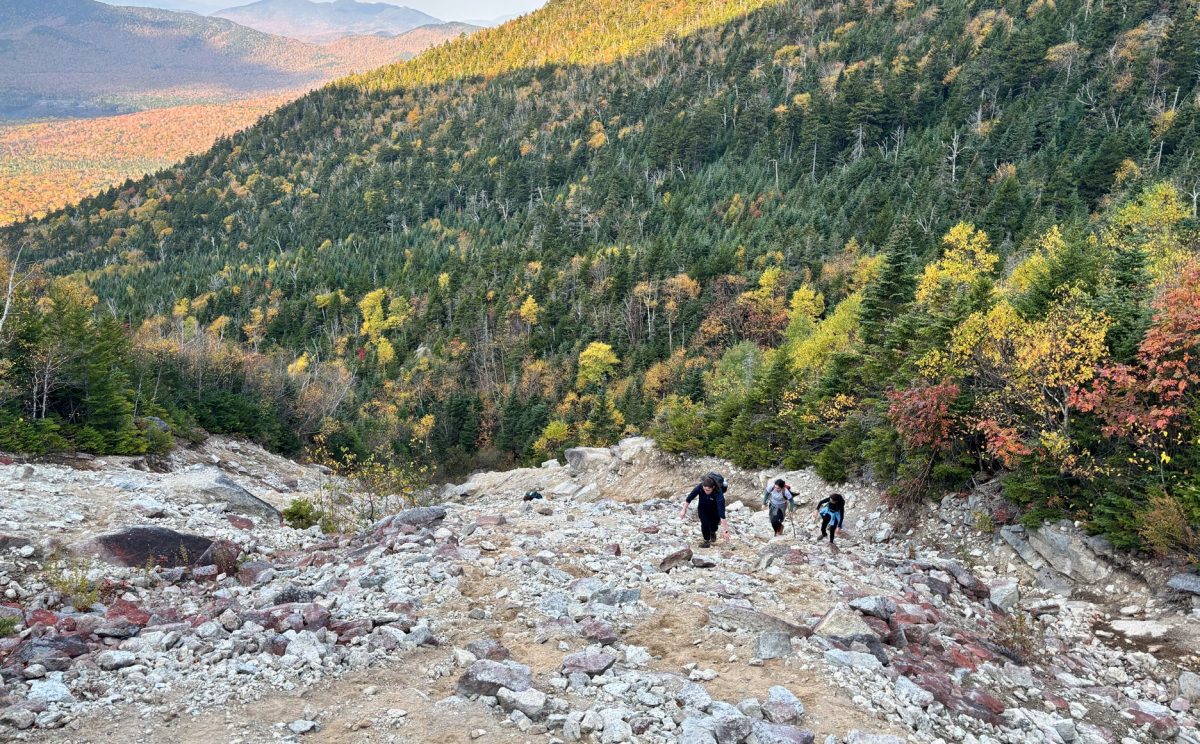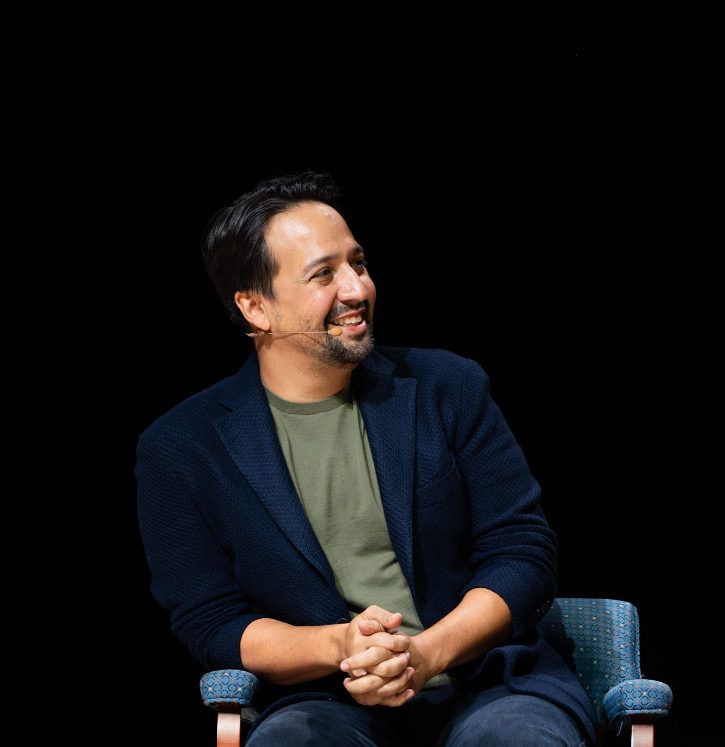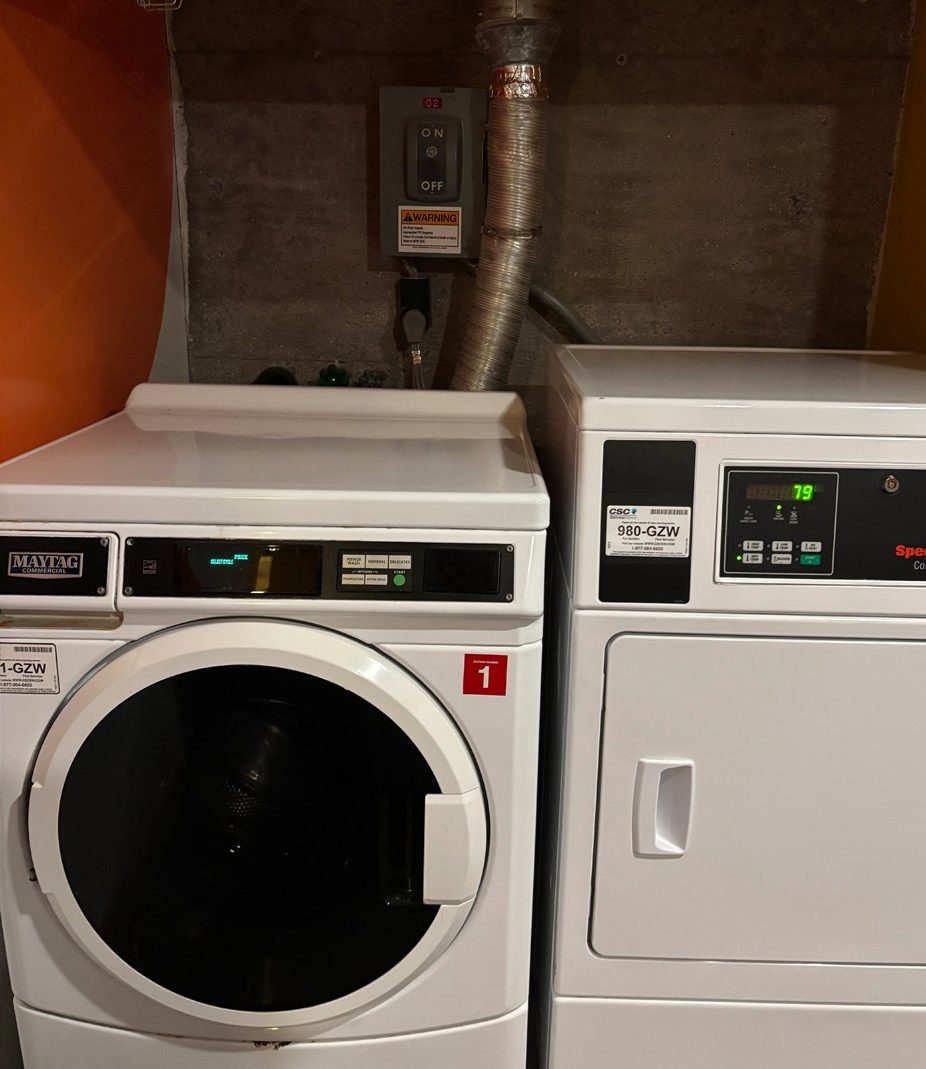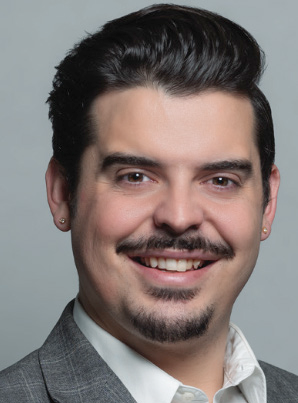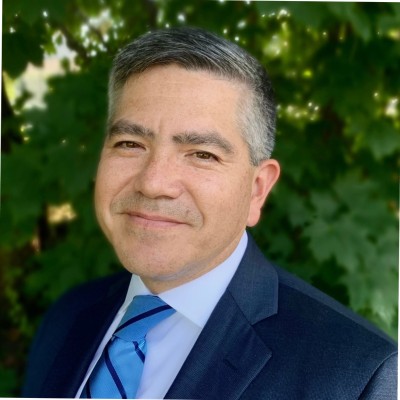
On Sept. 20, students and faculty of Hamilton College joined students around the world in a Climate Strike. At Hamilton, both students and professors spoke on the immense threat climate change poses to the world, including both current and future generations.
The efforts did not stop with the Climate Strike, however. During Fallcoming and Family Weekend from Sept. 27–29, students spoke to the Board of Trustees, the Chair of the Investment Committee, and College President Wippman regarding Hamilton College’s efforts and responsibility in mitigating the climate crisis.
On Sept. 28, Student Assembly (SA) President Amanda Kim ’21 and SA Vice President Jiin Jeong ’21 presented to the Board of Trustees. The presentation covered SA’s role in brainstorming tangible solutions to address climate change on the Hill, in addition to SA’s recent achievements, upcoming goals, and the most pressing issues on campus.
Although Kim and Jeong were not present for the subsequent Board discussions following their presentation, they felt that their remarks were well-received by the Board, who they said realized the need to establish Hamilton as an environmentally-conscious institution.
“The trustees were extremely engaged and very interested to hear about the biggest issues on campus,” said Kim. “We discussed the demand to divest with them and asked them to think about any other solutions they had to make Hamilton a greener campus.”
In addition to Kim and Jeong’s presentation to the Board, Mian Osumi ’21, Jay Carhart ’21, and Sarah Stigberg ’20, acting as representatives of the Climate Strike and Sunrise Movement, met with the Chair of the Board, Chair of the Investment Committee, and President Wippman.
In 2017, the College released its Climate Action Plan, which seeks to “provide a framework for reducing carbon emissions with the ultimate goal of being carbon neutral.” The plan outlines the College’s goals to be carbon-neutral by 2050 and sets forth renewable energy investments, strategies for recycling, transportation, and conservation, and heating and cooling guidelines for facilities. The plan’s executive summary also states, “Education efforts are aimed at sending Hamilton students out into the world to serve as knowledgeable and responsible citizens engaged with the environment.”
Hamilton is a member of the American College and University Presidents’ Climate Commitment (ACUPCC) and has a Sustainability Committee focused on the institution’s efforts to curb its environmental impact. Skenandoa House, the Kirner-Johnson Building, and the Sadove Student Center are all run on renewable energy. Additionally, building renovation projects have focused on transitioning other aspects of campus infrastructure to renewable sources of energy.
“I think the College recognizes the need for climate action. In terms of actual action itself, there’s definitely more we can do,” said Kim. “Having a plan is great, but the planet needs action. We can’t afford to not follow through.”
Brian Hanson, the College’s Director of Environmental Protection and Safety, leads the Sustainability Committee. Next week, he and the Committee will publish an extensive review of their mission and goals for campus. Hanson hopes this review will also provide the opportunity for the Hamilton community to become involved in the institution’s efforts to tackle climate crises.
Hanson says he is optimistic about Hamilton’s steps towards making information related to its sustainability efforts more transparent.


